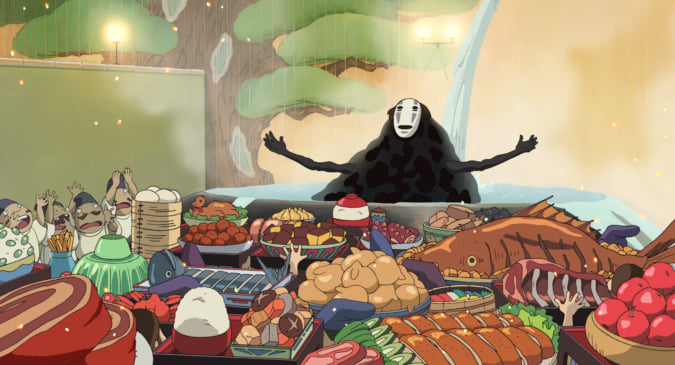Kabuki Prints in the British Museum’s Collection
The London-based museum houses over 300 prints depicting actors practising this traditional Japanese theatrical art.
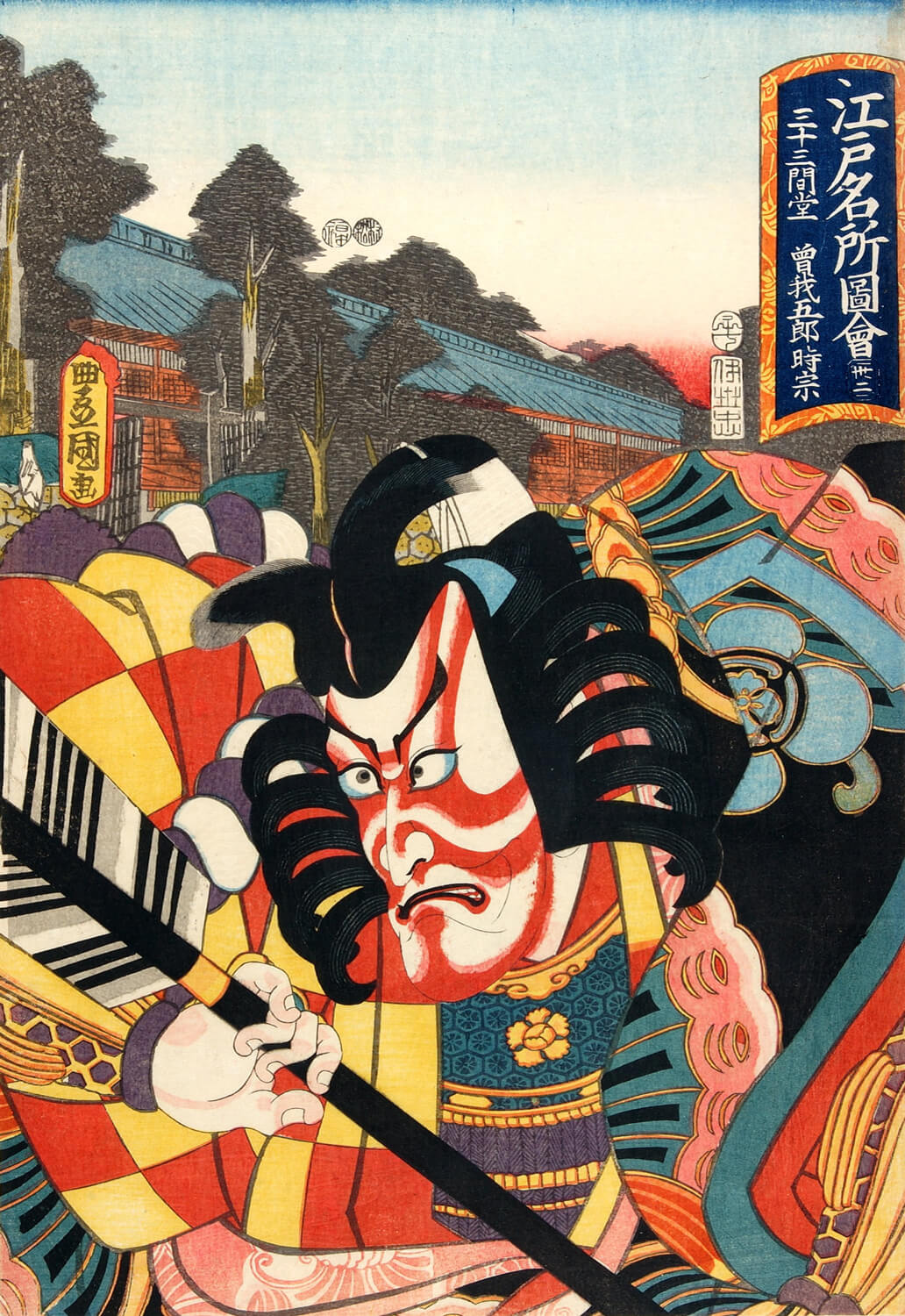
‘Actor Danjuro VII by Utagawa Kunisada’, 1852 © The Trustees of the British Museum
Kabuki, the traditional Japanese epic form of theatre whose golden age lasted from the 1600s to around 1800, depicts male actors who also play female roles.
Works perpetuating the heritage of performing arts
Codified but no less spectacular and extravagant, kabuki came into being on stage and has held onto a trace of its importance through illustrations that capture the wild facial expressions of the protagonists.
Tim Clark, supervisor of the Japanese section of the British Museum, acquired 359 prints which show the kabuki actors’ different facial expressions. These treasures were exhibited in 2019 in the museum’s Mitsubishi Corporation galleries.
The British Museum’s kabuki prints can be found on the museum’s website.
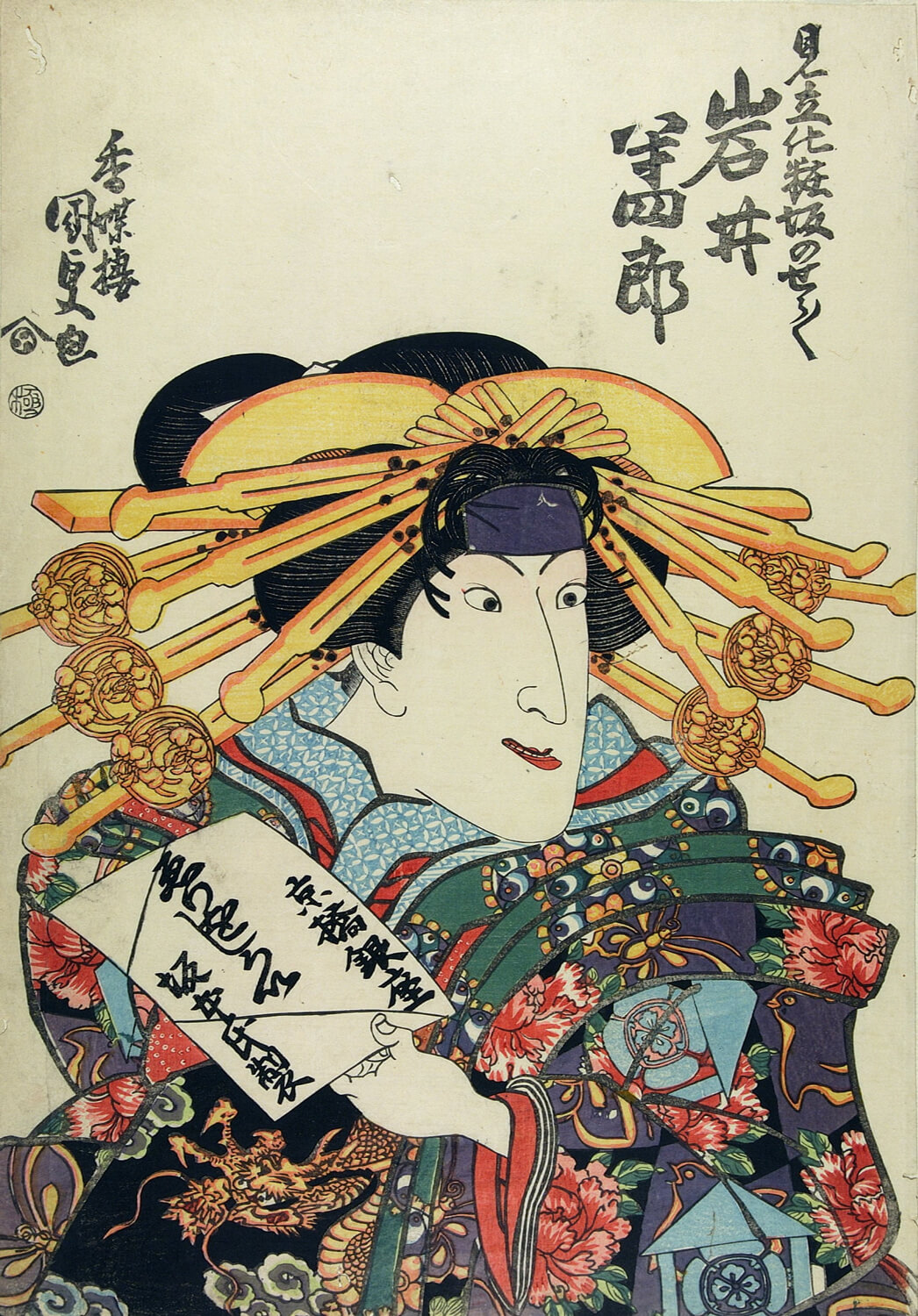
‘The actor Iwai Hanshirō V as the courtesan Keshozaka no Shosho’, 1831 © The Trustees of the British Museum
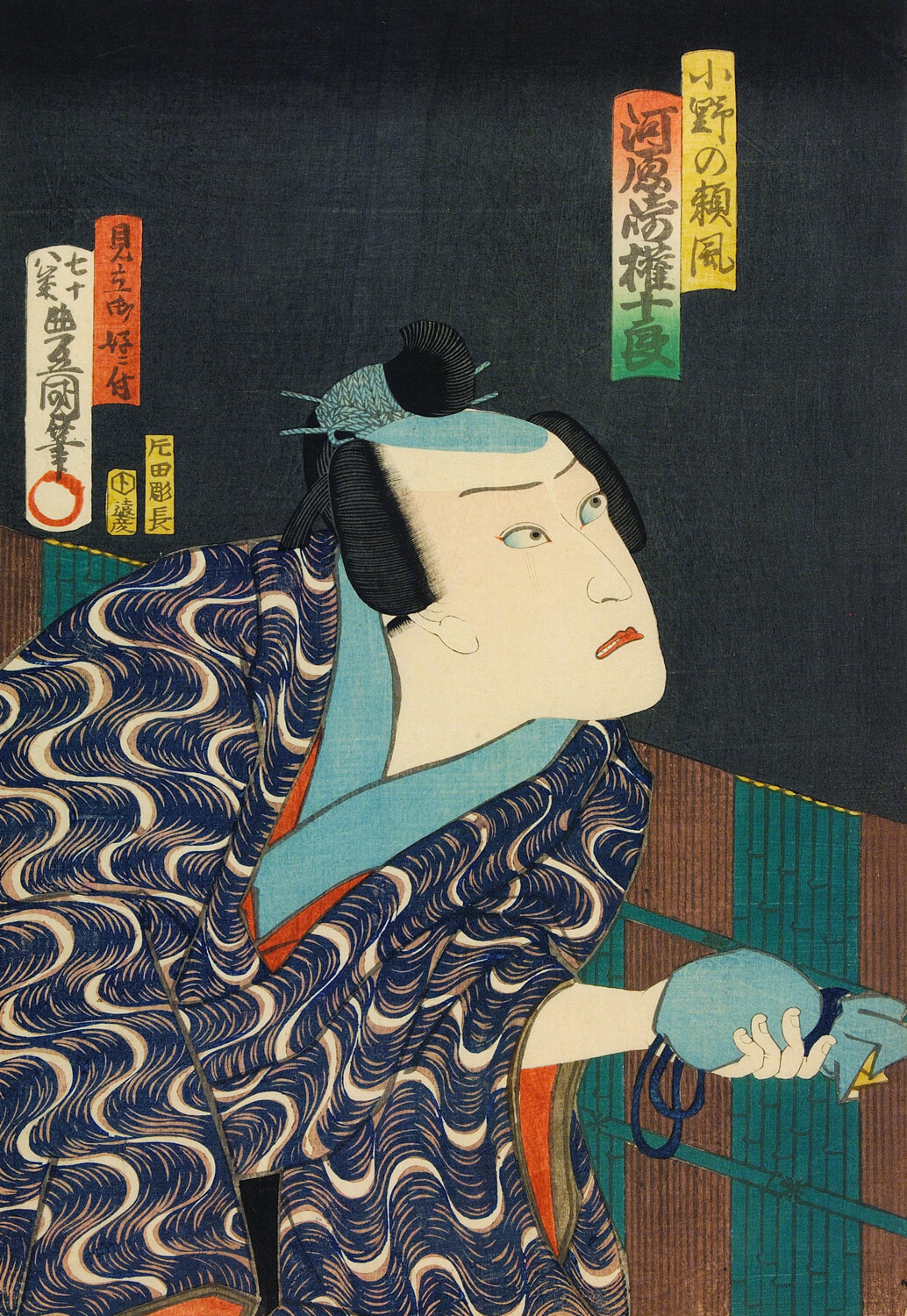
‘Danjūrō IX as Ono no Yorikaze’, 1863 © The Trustees of the British Museum
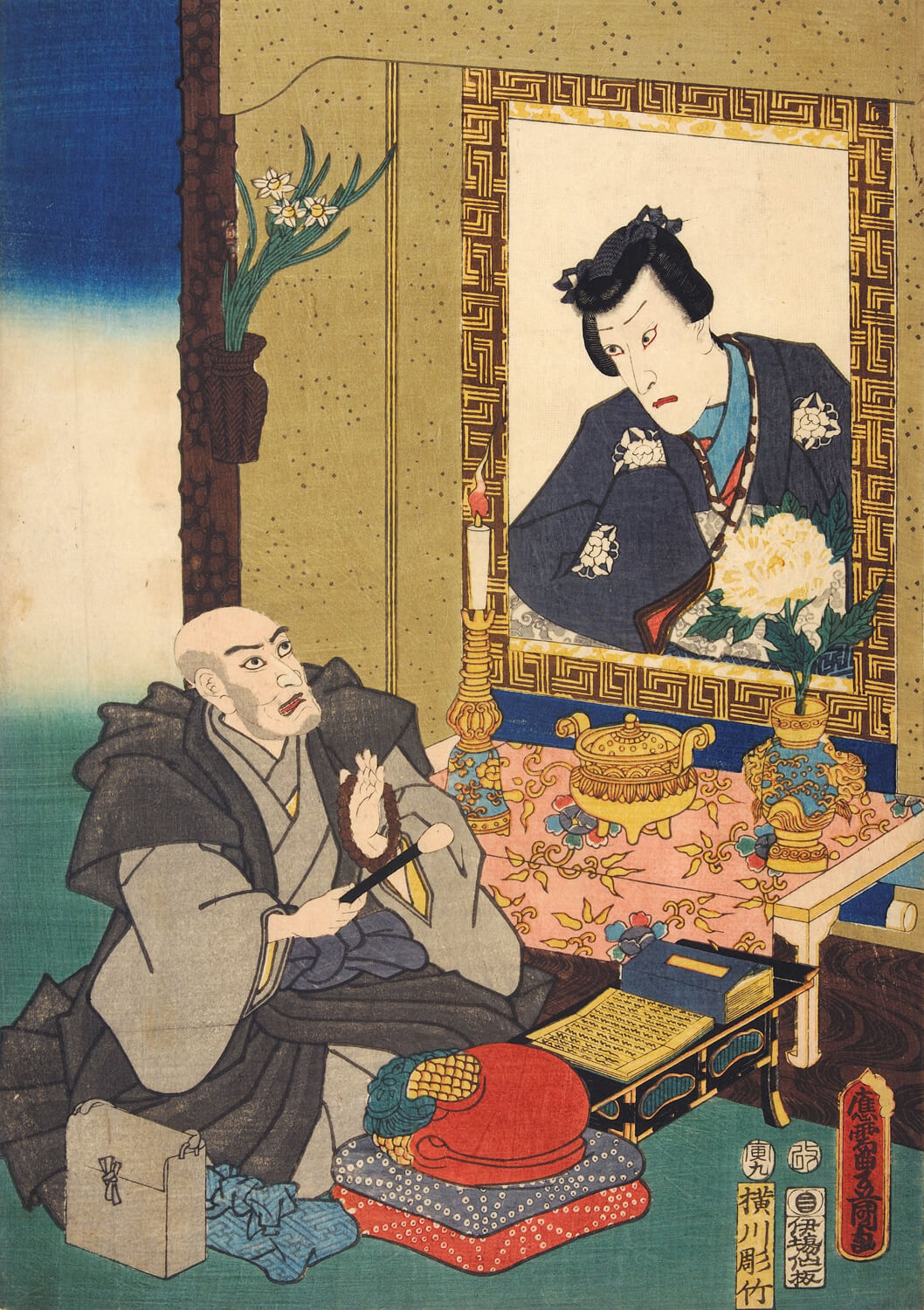
‘Danjūrō VII conducting a Buddhist memorial service before a portrait of his deceased son’, 1854 © The Trustees of the British Museum
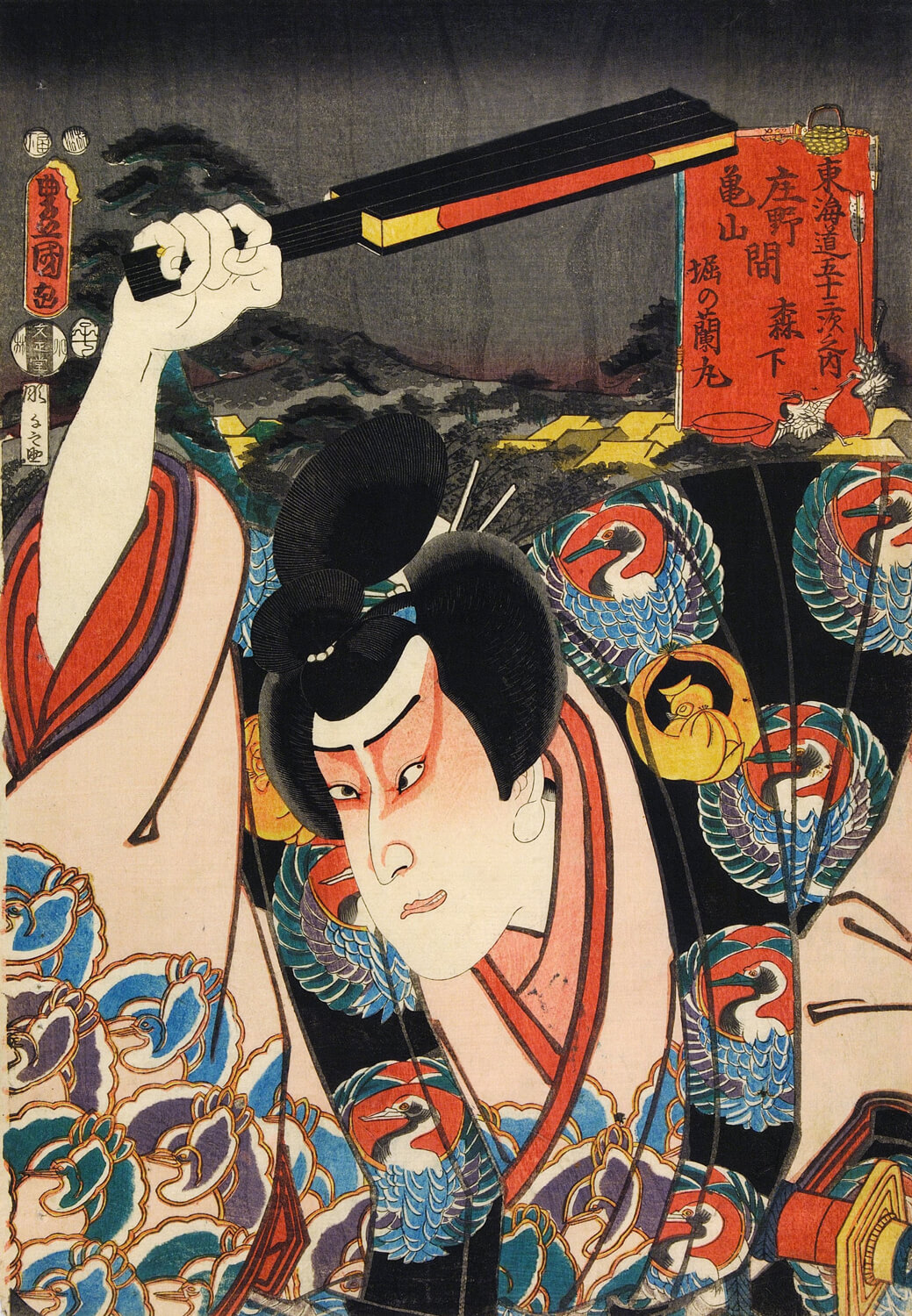
‘Danjūrō IX as Hori no Ranmaru’, 1852 © The Trustees of the British Museum
TRENDING
-
The Tattoos that Marked the Criminals of the Edo Period
Traditional tattoos were strong signifiers; murderers had head tattoos, while theft might result in an arm tattoo.

-
The Story of Sada Yacco, the Geisha who Bewitched Europe
Described by Dazed magazine as the first beauty influencer, she has been restored to her former glory since 2019.

-
Ito Jakuchu's Naturalist Paintings
From 15 September until 14 October 2018, the Petit Palais showcased the artist's iconic ‘Images of the Colourful Realm of Living Beings’.

-
Chiharu Shiota, Red Threads of the Soul
Last year, more than 660,000 people visited the retrospective 'Chiharu Shiota: The Soul Trembles' exhibit at the Mori Art Museum.

-
Studio Ghibli's Delicious Dishes Are More Than Just Details
Food, often inspired by the directors' favourite recipes, is a crucial element in the plot of these animated films.





